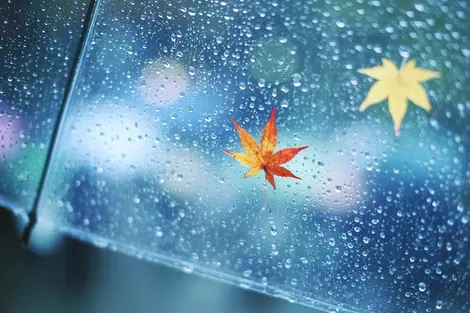Tsuyu: the rainy season
- Published on : 13/12/2023
- by : C.C.
- Youtube
After spring comes the downpour
Japan's Tsuyu rainy season lasts about six weeks, starting in June through mid-July. Only the island of Hokkaido is spared.
Unlike other South Asian countries, Japan does not experience a monsoon period, but a rainy season: the Tsuyu. Literally "the rain of the plum trees", it extends over six weeks, from the beginning of June to mid-July. It concerns the whole country except Hokkaido, the northern island of the archipelago. Also, note that the island of Okinawa has a earlier rainy season. This begins in May and ends in June.
Rain, wind, and humidity
Without minimizing the amount of precipitations taking place, Tsuyu is not systematically synonymous with continuous rain. Some days are sprinkled with a few more or less intense showers. It may not even rain on some days. On the other hand, during this period, the humidity increases until it reaches its summer level. Count on a humidity level that can go beyond 70%. In addition, Tsuyu is often accompanied by strong winds. Bring a sturdy umbrella or even better, equip yourself with the many rainwear options filling the 100yen shop at this time.
Dolls against the rain
However, the Japanese have a trick to bring back the good weather: the Teru Teru Bozu. Hanging from the windows, this little handmade doll made of a piece of fabric and a ball as a head is supposed to bring back the sun the next day. But it is more often observed that the Tsuyu season comes to an end when the cicadas begin their unbridled stridulation which punctuates the whole summer.
If the rain doesn't scare you and you want to take advantage of this less touristy season, think of all the activities adapted to bad weather: Cinema, museums, izakaya or even onsen... A wide choice that will allow you to experience Japan from the inside.
Read also: The best season to go to Japan

















